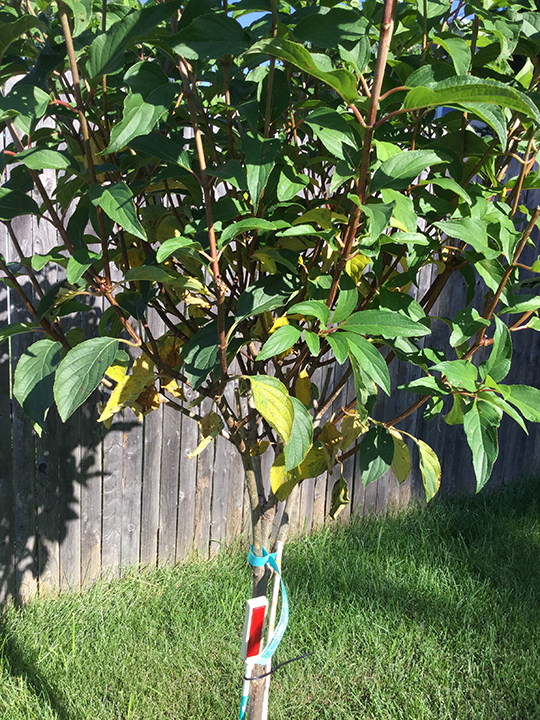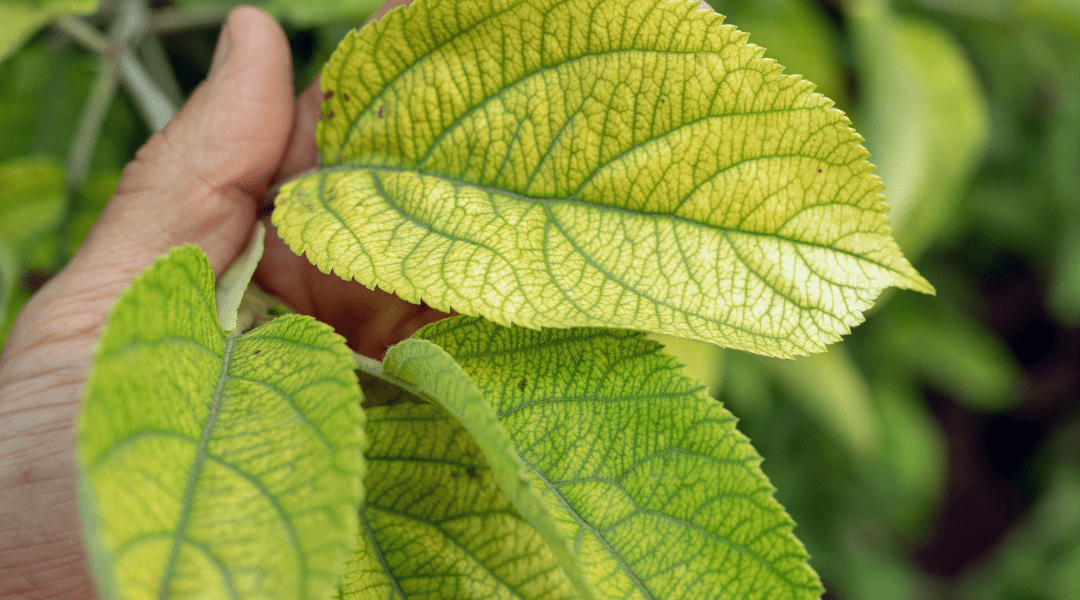A Biased View of Hydrangea Leaves Turning Yellow
Little Known Facts About Hydrangea Leaves Turning Yellow.
Table of ContentsGetting The Hydrangea Leaves Turning Yellow To WorkUnknown Facts About Hydrangea Leaves Turning YellowThe Of Hydrangea Leaves Turning YellowThe Single Strategy To Use For Hydrangea Leaves Turning Yellow
Huge leaves commonly look sagging during the mid-day warmth. When they fall short to perk up in the evening or still look shrivelled in the early morning, your plant might be overwatered.Eliminate the plant from the dirt and prune out any type of roots that aren't white and swollen (plump). Replant in a new location or work some sand into the soil for far better drain. Underwatering likewise creates entrusts to turn yellow with brown, crunchy sides. Don't try to deal with the problem by sprinkling excessively.
Add a little bit of distilled water, mix the active ingredients, and drain pipes the added water. Put a p, H testing strip in and wait for a reading.
The most effective way to do that is with dirt changes. Sphagnum moss or peat moss stops the dirt from condensing and betters dirt drainage while also increasing the dirt's acidity. You can spread sulfur contribute your hydrangea dirt also. However, the simplest method is to simply utilize a plant food that helps maintain the correct level of acidity in the soil while also feeding the plant.
Some Known Facts About Hydrangea Leaves Turning Yellow.
This is one good factor to repot houseplants consistently (though there are others, such as root growth as an example). It is additionally why houseplants need a much stricter feeding regular than a lot of outdoor plants. When a hydrangea houseplant lacks nutrients, its fallen leaves will be the first to reveal the indicators.

Most fluid plant food calls for dilution with water to lower the focus rather. You will certainly additionally require to fertilize the plant manually and routine intervals. When spring starts in March, it's the energetic growing season for many houseplants, consisting of hydrangeas. At this factor, you need to start your feeding regimen. Apply liquid plant food to your hydrangea because this stuff, as I pointed out formerly, is fast-releasing.
The dripline is the area located under the vegetation that is the outermost far from the facility of the plant. Rather than using feed to the facility of the plant it is best to concentrate it primarily in the outer locations of the pot. If you would certainly rather make use of a slow-release fertilizer such as granular or spike plant food, after that cover either type with some additional reading dirt after you place them.
The Greatest Guide To Hydrangea Leaves Turning Yellow

The hydrangea is surprisingly frost-resistant, once temperature levels start getting right into the 20s, the plant is in serious risk. If the temperatures remain in the low 10s, that threat is extra extreme still. Clearly this is more of an interest in outdoor plants so if you keep potted hydrangea outside you must bring them indoors in really cool weather condition problems and even take into consideration relocating them inside check it out throughout of the wintertime.

A dried hydrangea, A large problem with numerous houseplants is root rot. Root rot occurs when you overwater a plant and since it is such a common trouble (specifically with succulents) several houseplant owners are fearful of overwatering their plants. Hydrangeas call for even more watering that the majority of various other typical houseplants and can become dehydrated when they are underwatered.
Hydrangea Leaves Turning Yellow Things To Know Before You Buy
They need large amounts of water, however they additionally despise to grow in standing water or water soaked dirt. Be absolutely certain that your hydrangea is dehydrated as a result of an absence of water and not because of it be given also much water (much more on this later). Understand before you order that watering can that an overwatered hydrangea shows the very same signs as an underwatered one! Though overwatering is a significant issue if you stint its water requirements also a bit, your hydrangea will fast to reveal it.
, you will promptly inform if the plant needs water. To get your hydrangea watering habits on the right track, you need to be conscious concerning the dampness levels in its soil.
When you remove your finger from wet dirt it will have percentages of dirt residue stuck to it. Dry dirt will certainly indicate your finger comes out clean or with dry soil that is easily surprised. If it's wet, and the plant has yellow leaves then the plant has likely been Web Site overwatered and you will need to comply with the guidance given in the area listed below.